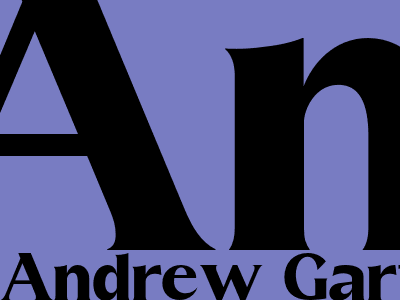How to Use H1, H2, and H3 Tags for SEO & Readability
Introduction: Understanding Heading Tags
Heading tags, also known as HTML tags, are essential elements in structuring and organizing web content. They play a crucial role in both search engine optimization (SEO) and the readability of your website. By properly utilizing heading tags, you can improve the visibility and user experience of your website.
Hierarchy and Types of Heading Tags
Heading tags are arranged in a hierarchical order, with H1 representing the most important heading and H6 representing the least important. It's important to use this hierarchy effectively to convey the structure and organization of your content.
H1 Tags: The Main Headline
The H1 tag is the most important heading on a webpage and should be used sparingly. It should accurately and concisely describe the main topic or theme of the page. Search engines give significant weight to the H1 tag, so it's crucial to carefully craft it for both SEO and user comprehension.
H2 Tags: Subheadings and Sections
H2 tags are used to create subheadings within the main content. They should summarize the key points or sections of the page. H2 tags help break up long blocks of text, making them easier to read and navigate. They also provide context to search engines, indicating the importance and relevance of different sections.
H3 Tags: Further Subdivisions and Details
H3 tags are used to create further subdivisions within H2 sections. They provide more granular detail and can help organize complex topics. H3 tags are useful for breaking down large chunks of information into smaller, more manageable sections, enhancing readability and user experience.
Best Practices for Using Heading Tags
1. Use H1 tags sparingly, only once per page, and ensure it accurately describes the main topic. 2. Create informative and concise H2 and H3 tags that reflect the content of each section. 3. Use keywords naturally within heading tags, but prioritize readability over keyword stuffing. 4. Structure headings logically using the proper hierarchy (H1, H2, H3, etc.). 5. Avoid using headings for styling purposes; instead, use CSS for visual formatting.
Benefits of Using Heading Tags
1. Improved SEO: Search engines use heading tags to understand the structure and content of a page. Proper use of headings can help improve your website's ranking in search results. 2. Enhanced Readability: Heading tags break up text into logical sections, making it easier for users to scan and comprehend the content. 3. Accessibility: Heading tags provide context for screen readers, aiding visually impaired and assistive technology users. 4. User Experience: Clear and concise heading tags enhance the user experience by guiding them through the content and improving navigation.

Andrew Garfield
Komentar